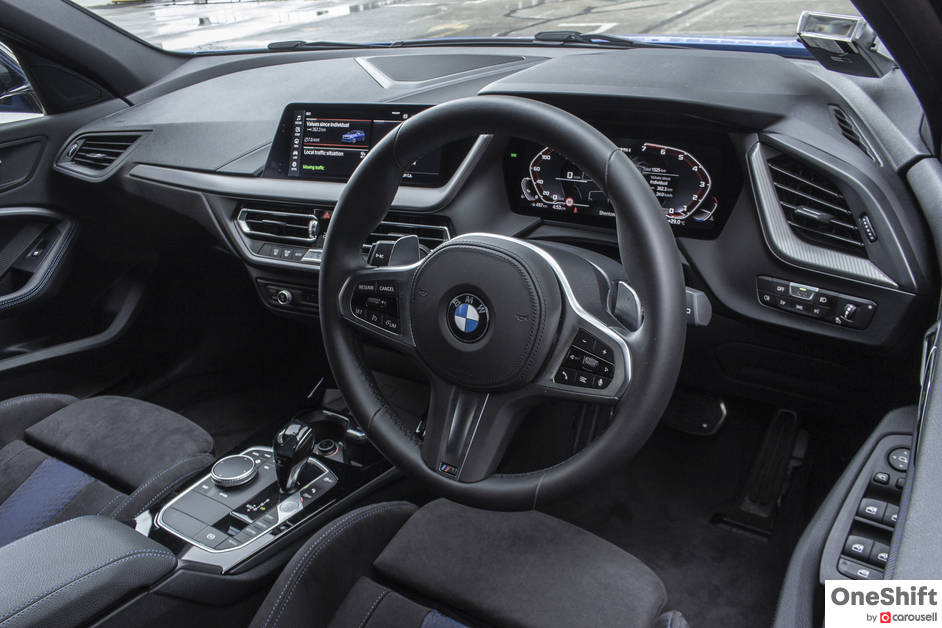How Driving Simulators Revolutionised The Auto Industry
Driving Simulators have come a long way since the days of the original Gran Turismo, or any of the titles from SEGA. These progressions have largely flown under the radar, with only those in the know that are aware of just how advanced these systems have become. Gone are the days of the laughable arcade-like handling characteristics of sim cars; modern simulators can accurately replicate the forces and the feeling of an actual vehicle, without ever needing to leave the comfort of your own home.

Driving Simulators have come a long way since the days of the original Gran Turismo, or any of the titles from SEGA. These progressions have largely flown under the radar, with only those in the know that are aware of just how advanced these systems have become. Gone are the days of the laughable arcade-like handling characteristics of sim cars; modern simulators can accurately replicate the forces and the feeling of an actual vehicle, without ever needing to leave the comfort of your own home.
That is until now. Unique circumstances a year ago have thrust these pieces of kit into the limelight, with many real-life racing drivers opting to acquire equipment to compete in virtual races online. These high-tech pieces of equipment used to be the reserve of auto racing teams and manufacturers, but have been made more affordable of late, due to the advent of rapid prototyping, and falling parts costs. But just how widespread is the driving simulator’s contribution to the automotive industry?

Simulators have equipped their users with real-life skills that are transferrable to the track. There are many manufacturer-backed sim racing leagues online at present, with some seriously attractive prices should you emerge the eventual champion.
These e-sports drivers have gone on to compete and do well in real-life, beating drivers who have climbed the proverbial motorsport ladder the traditional way. The fact that the very best sim drivers have the ability to match or surpass their real-life counterparts will become an ever increasing flash point between the 2 groups, as the latter, who have had to sacrifice thousands of hours and probably an equivalent amount in cash, might feel some frustration doing battle with a driver that hasn’t had to have sacrificed anywhere near the amount of cash and time.
Accurate physics modelling, and advancements in the fundamental understanding of aerodynamic and material limitations, have allowed automakers to create simulation software that can be a substitute for real-life testing, especially in the early phases of a car’s development cycle. Automakers often put their newest models through a series of virtual crash tests before any physical prototype is fabricated.
The advantage of doing it this way, is that they can rapidly test many different configurations, without lengthy lead times of waiting for their subdivisions to create the tooling to manufacture a physical model.
The chaps at BMW recognise the critical role this piece of technology can play in the development of their future road cars. Therefore, they’ve decided to invest some not unsubstantial coin in the creation of their new Driving Simulation Centre.
This facility is equipped with 14 state-of-the-art simulators, as well as usability labs, spanning some 11,400 square metres, and is believed to be the most advanced industry-wide bar none.
Depending on the purpose, a variety of simulators can be employed for every phase of the development process, from static simulators, to high fidelity units with its nearly 400 square metres of motion area. Their facility enables their R&D team to simultaneously create and test variations of their latest technologies, and even conducting usability studies by putting up to 100 test subjects into these sims.
This means that their feedback can be piped directly back to the drawing board, allowing the automaker to make on-the-fly adjustments to their design and technology of their vehicles more rapidly.
There is less emphasis on getting early prototypes shipped to all parts of the world to test their durability. Their virtual counterparts can be transported to any location you’d so desire in the simulator world, allowing you to conduct stress testing from your base.
By no means does this affect the final product; again, accuracy is the key to its efficacy, and they’ve gotten the physics nailed to a tee, that the results obtained from this form of testing is often representative of its real life counterpart.
Other advancements see the Munich-based automaker, being able to rapidly switch out car models for a quick turn over if needed, as well as seamless experience behind the wheel, with a dome that projects all your visual cues needed for a realistic drive, and a platform and direct-drive wheelbase to replicate all the sensations of actually being on the move.

All these technologies have enabled automakers to offer more equipment to your daily driver as an indirect consequence – reduction in R&D costs would surely be passed on to the consumer, right? Here’s the thing though, you can’t get all that fancy technology in your older vehicle.
Or can you? With the advent of OEMs, and other aftermarket manufacturers mimicking some of these technologies, modern in-car entertainment systems, or perhaps even some safety-critical innovations, are no longer the reserve of brand-spanking new vehicles. If you are after some serious savings, consider getting a used car from our classifieds; we have thousands of cars already listed, and more are added every day! Our expansive catalogue means there will be something for everyone, regardless of your wants and needs! And you will not be sacrificing your ownership experience too; some 3rd party parts will equip your car with modern features it originally didn’t have!
Credits: Jek Ray Low


Get the Best Price for your used car
from 500+ dealers in 24 hours

- Convenient and Hassle-Free
- Consumer Protection
Transparent Process
With No Obligation








